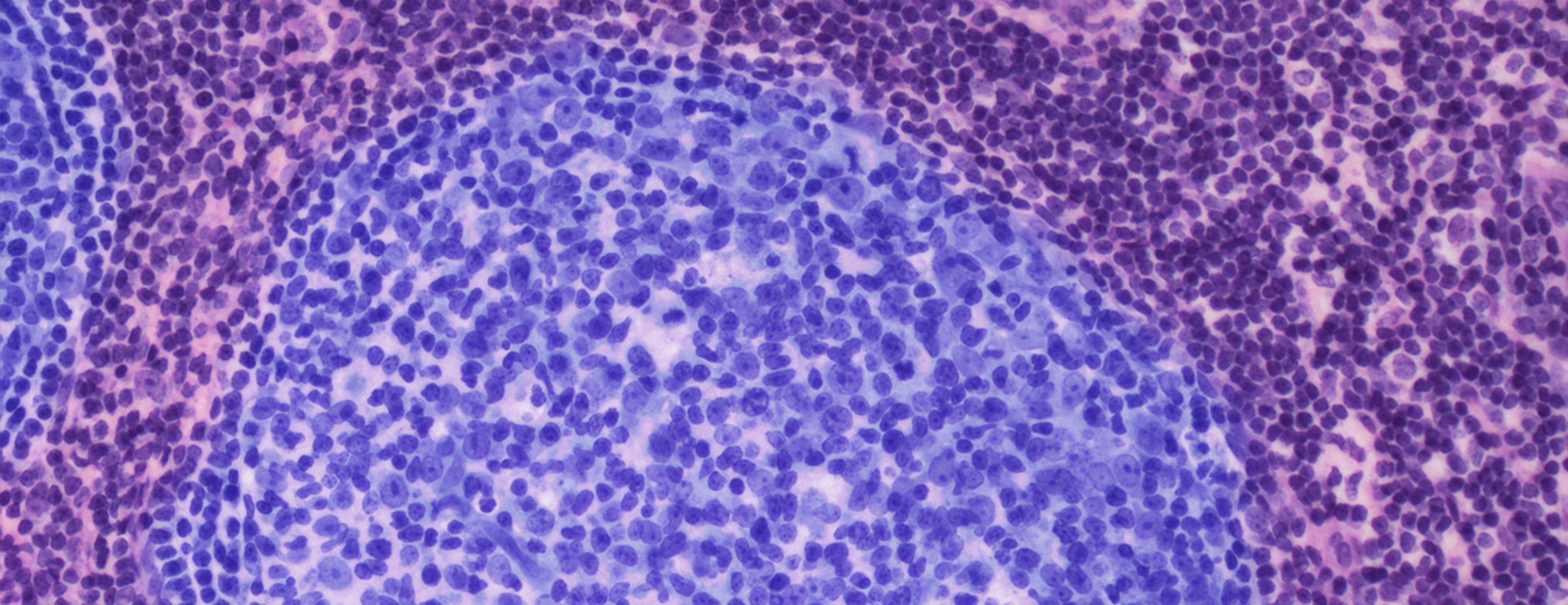
Mad Cow Disease
"Mad cow" disease, also known as bovine spongiform encephalopathy (BSE), is a progressive neurological disorder of cattle. Most scientists believe that BSE develops when a normal cellular protein in the brain known as prion protein loses its normal shape and triggers a chain reaction of further prion-protein misfolding, causing the destruction of brain cells and nervous system tissue. It is thought that cattle acquire the BSE-related prions from animal feed contaminated with prion disease from sheep. Evidence suggests that the sheep form of the disease does not transmit to humans.
BSE in cattle was first diagnosed in 1986 and led to an epidemic in Great Britain before significant measures were put in place to reduce transmission of the disease. Since that initial outbreak, the disease has been detected in cattle in Europe, Japan and Canada. One case has now been detected in the United States.
Strong evidence indicates that BSE has been transmitted to humans through the consumption of BSE-tainted beef and beef products, causing a human form of the disease known as variant Creutzfeldt-Jakob disease (vCJD), which is a rare, fatal brain disorder.
In an animal with BSE, prions are concentrated in two areas of the body:
- Nervous system tissues, such as the brain, spinal cord and eyes
- Lymphatic tissues, such as the lymph nodes, bone marrow and spleen
For this reason, the greatest risk of acquiring vCJD is associated with ingesting these tissues from BSE-infected cattle. At this point, there is no evidence that milk or milk products from a BSE-infected cow pose a risk to humans.
According to the Centers for Disease Control and Prevention (CDC), as of Dec. 1, 2003, a total of 153 vCJD cases had been reported worldwide. Of these, 143 cases had occurred in the United Kingdom. The CDC stresses that the risk to humans from BSE in the United States is extremely low.
This information was adapted from the Centers for Disease Control and Prevention (CDC) Web site. For more information, visit www.cdc.gov.
UCSF Health medical specialists have reviewed this information. It is for educational purposes only and is not intended to replace the advice of your doctor or other health care provider. We encourage you to discuss any questions or concerns you may have with your provider.






